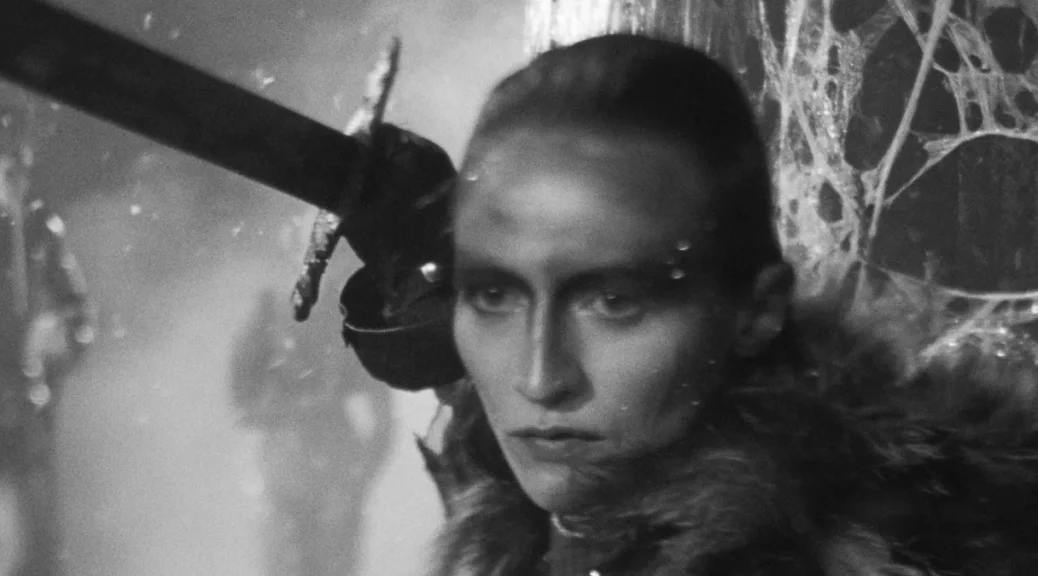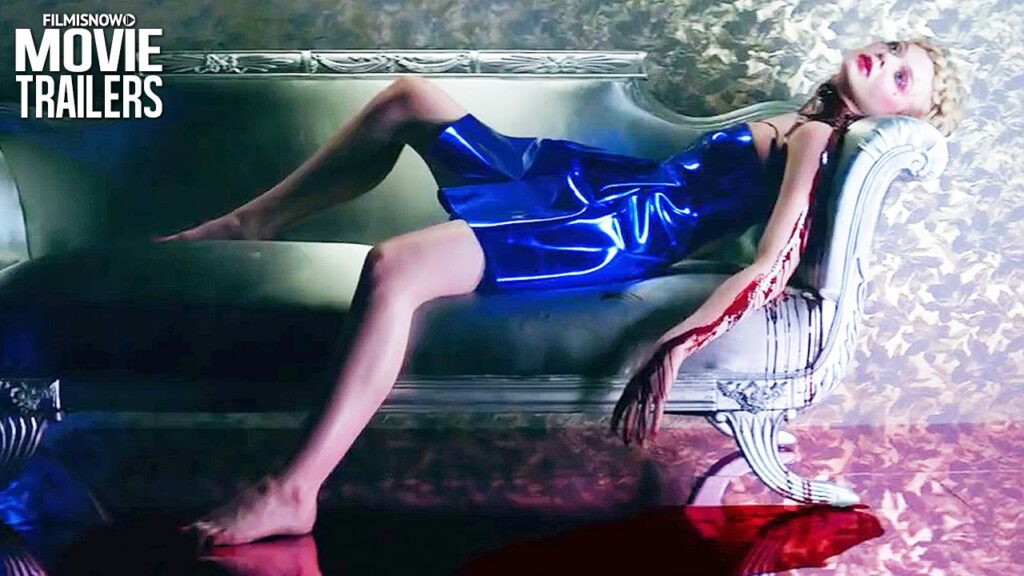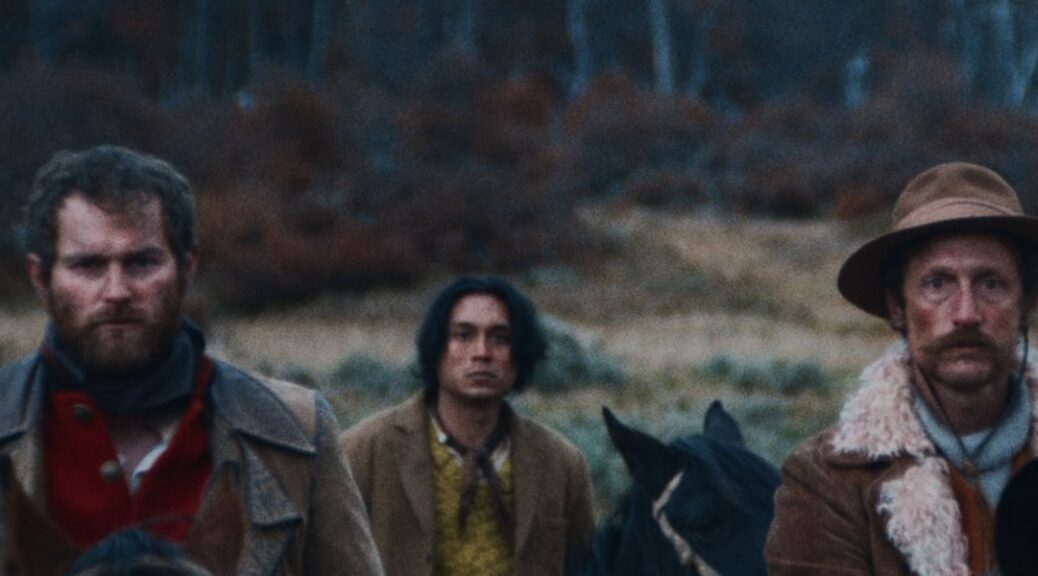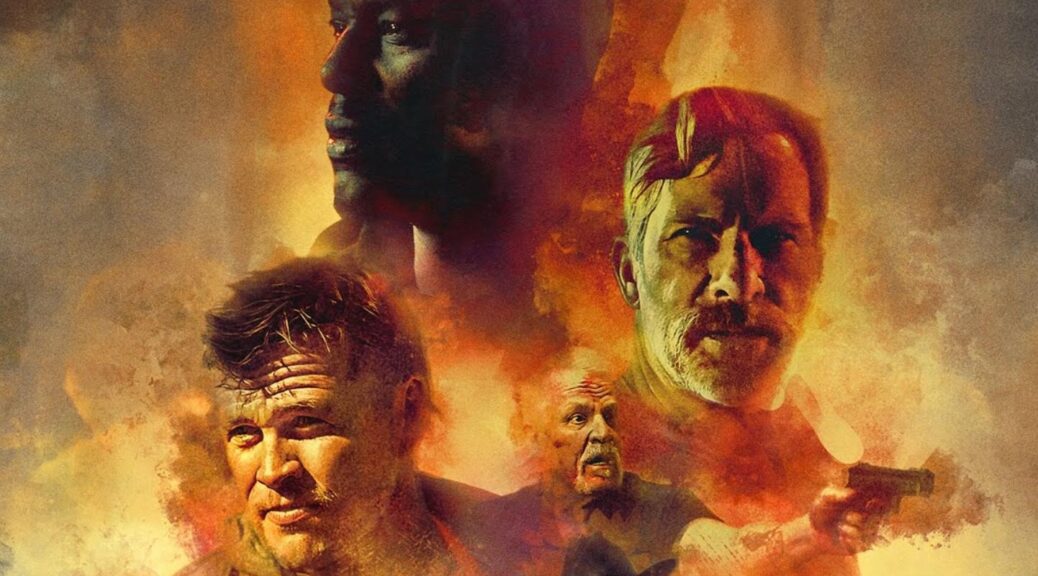by Hope Madden and George Wolf
2023 was a great year for great movies, great screenplays, great performances, and great craftsmanship. Many of this year’s categories are stacked with deserving nominees., and overall, it was not a bad job by the Academy.
But we do have a few nits to pick.
Best picture
- “American Fiction”
- “Anatomy of a Fall”
- “Barbie”
- “The Holdovers”
- “Killers of the Flower Moon”
- “Maestro”
- “Oppenheimer”
- “Past Lives”
- “Poor Things”
- “The Zone of Interest”
Solid, but we would put “Godzilla Minus One” and “The Color Purple” in for “Past Lives” and “The Zone of Interest.”
Best actor
- Bradley Cooper, “Maestro”
- Colman Domingo, “Rustin”
- Paul Giamatti, “The Holdovers”
- Cillian Murphy, “Oppenheimer”
- Jeffrey Wright, “American Fiction”
All great choices.
Best actress
- Annette Bening, “Nyad”
- Lily Gladstone, “Killers of the Flower Moon”
- Sandra Hüller, “Anatomy of a Fall”
- Carey Mulligan, “Maestro”
- Emma Stone, “Poor Things”
These are strong, but we would have loved to see Fantasia’s performance in “The Color Purple ” in Bening’s spot.
Best supporting actor
- Sterling K. Brown, “American Fiction”
- Robert De Niro, “Killers of the Flower Moon”
- Robert Downey Jr., “Oppenheimer”
- Ryan Gosling, “Barbie”
- Mark Ruffalo, “Poor Things”
All good here.
Best supporting actress
- Emily Blunt, “Oppenheimer”
- Danielle Brooks, “The Color Purple”
- America Ferrera, “Barbie”
- Jodie Foster, “Nyad”
- Da’Vine Joy Randolph, “The Holdovers”
Very strong list.
Best director
- Jonathan Glazer, “The Zone of Interest”
- Yorgos Lanthimos, “Poor Things”
- Christopher Nolan, “Oppenheimer”
- Martin Scorsese, “Killers of the Flower Moon”
- Justine Triet, “Anatomy of a Fall”
No Bradley Cooper? No Greta Gerwig.? We take umbrage, and would put them in over Glazer and Triet.
International feature film
- “Io Capitano,” Italy
- “Perfect Days,” Japan
- “Society of the Snow,” Spain
- “The Teachers’ Lounge,” Germany
- “The Zone of Interest,” United Kingdom
Very nice.
Animated feature film
- “The Boy and the Heron”
- “Elemental”
- “Nimona”
- “Robot Dreams”
- “Spider-Man: Across the Spider-Verse”
Not a great year for animation, but these are worthy.
Adapted screenplay
- “American Fiction”
- “Barbie”
- “Oppenheimer”
- “Poor Things”
- “The Zone of Interest”
We’d put “Barbie” in Original Screenplay and add “The Color Purple,” but okay.
Original screenplay
- “Anatomy of a Fall”
- “The Holdovers”
- “Maestro”
- “May December”
- “Past Lives”
Good choices.
Visual effects
- “The Creator”
- “Godzilla Minus One”
- “Guardians of the Galaxy Vol. 3”
- “Mission: Impossible – Dead Reckoning Part One”
- “Napoleon”
Nice to see the relatively low budget “The Creator” included here.
Original score
- “American Fiction”
- “Indiana Jones and the Dial of Destiny”
- “Killers of the Flower Moon”
- “Oppenheimer”
- “Poor Things”
All strong, but where’s “Godzilla Minus One”? Criminal.
Original song
- “It Never Went Away” from “American Symphony”
- “I’m Just Ken” from “Barbie”
- “What Was I Made For?” from “Barbie”
- “The Fire Inside” from “Flamin’ Hot”
- “Wahzhazhe (A Song For My People)” from “Killers of the Flower Moon”
We would have loved to see Road to Freedom from “Rustin” included in this category.
Documentary feature film
- “20 Days in Mariupol”
- “Bobi Wine: The People’s President”
- “The Eternal Memory”
- “Four Daughters”
- “To Kill a Tiger”
“Anselm” should be here, and maybe “Still: A Michael J. Fox Story.”
Cinematography
- “El Conde”
- “Killers of the Flower Moon”
- “Maestro”
- “Oppenheimer”
- “Poor Things”
So great to see “El Conde” on this stellar list. It was beautiful, and hopefully this nomination will cause people to seek it out. But, to be honest, we’d have given its spot to “Barbie.“
Costume design
- “Barbie”
- “Killers of the Flower Moon”
- “Napoleon”
- “Oppenheimer”
- “Poor Things”
Animated short film
- “Letter to a Pig”
- “Ninety-Five Senses”
- “Our Uniform”
- “Pachyderme”
- “War Is Over! Inspired by the Music of John & Yoko”
Live action short film
- “The After”
- “Invincible”
- “Knight of Fortune”
- “Red, White and Blue”
- “The Wonderful Story of Henry Sugar”
Documentary short film
- “The ABCs of Book Banning”
- “The Barber of Little Rock”
- “Island in Between”
- “The Last Repair Shop”
- “Nǎi Nai & Wài Pó”
Film editing
- “Anatomy of a Fall”
- “The Holdovers”
- “Killers of the Flower Moon”
- “Oppenheimer”
- “Poor Things”
We’d probably go with “Barbie” over “The Holdovers” here.
Sound
- “The Creator”
- “Maestro”
- “Mission: Impossible – Dead Reckoning Part One”
- “Oppenheimer”
- “The Zone of Interest”
Production design
- “Barbie”
- “Killers of the Flower Moon”
- “Napoleon”
- “Oppenheimer”
- “Poor Things”
Makeup and hairstyling
- “Golda”
- “Maestro”
- “Oppenheimer”
- “Poor Things”
- “Society of the Snow”
The 96th Academy Awards, hosted by Jimmy Kimmel, will air on ABC on Sunday, March 10, live from the Dolby Theatre at Ovation Hollywood.
















